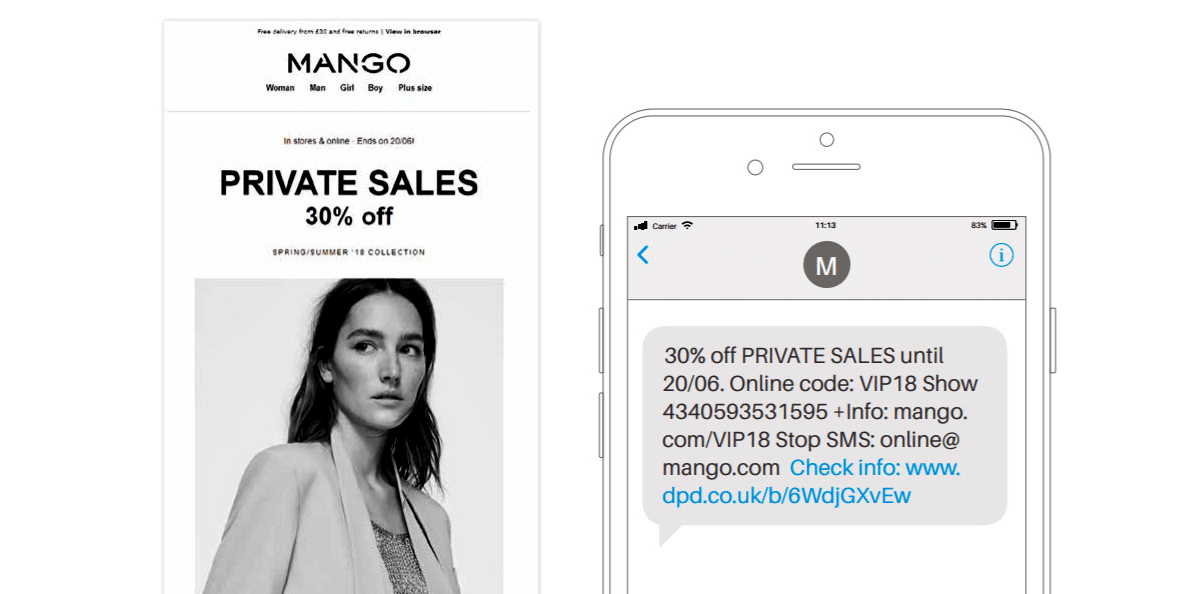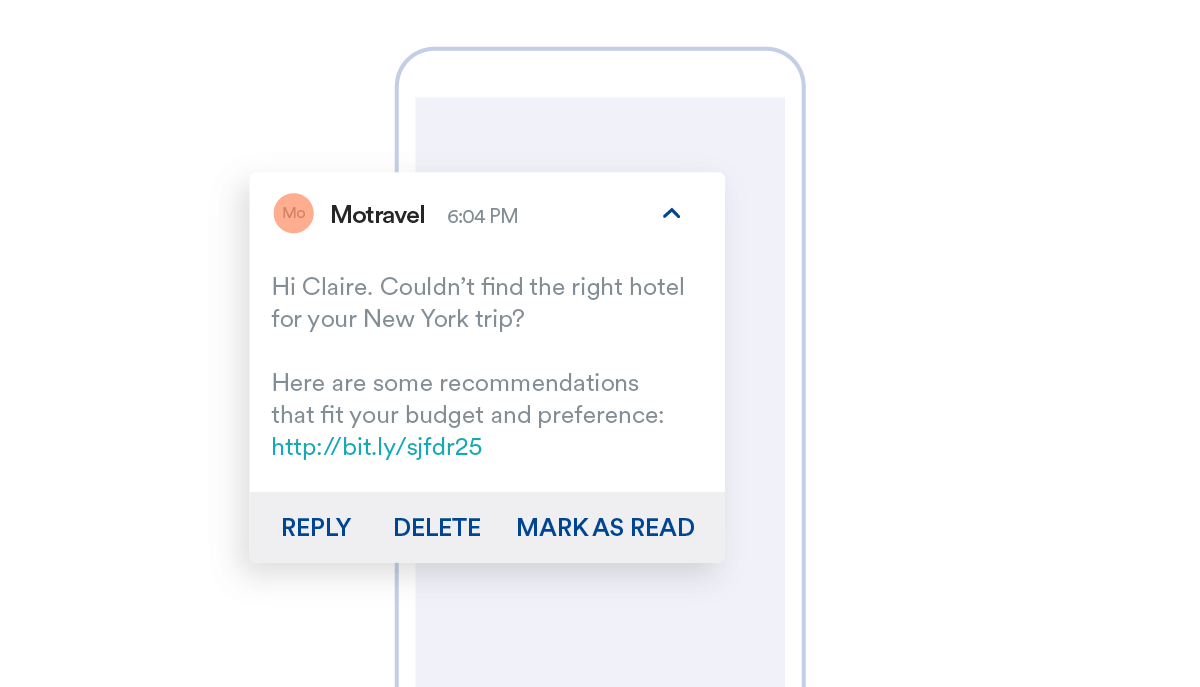How Brands Can Generate Revenue via SMS Marketing Automation
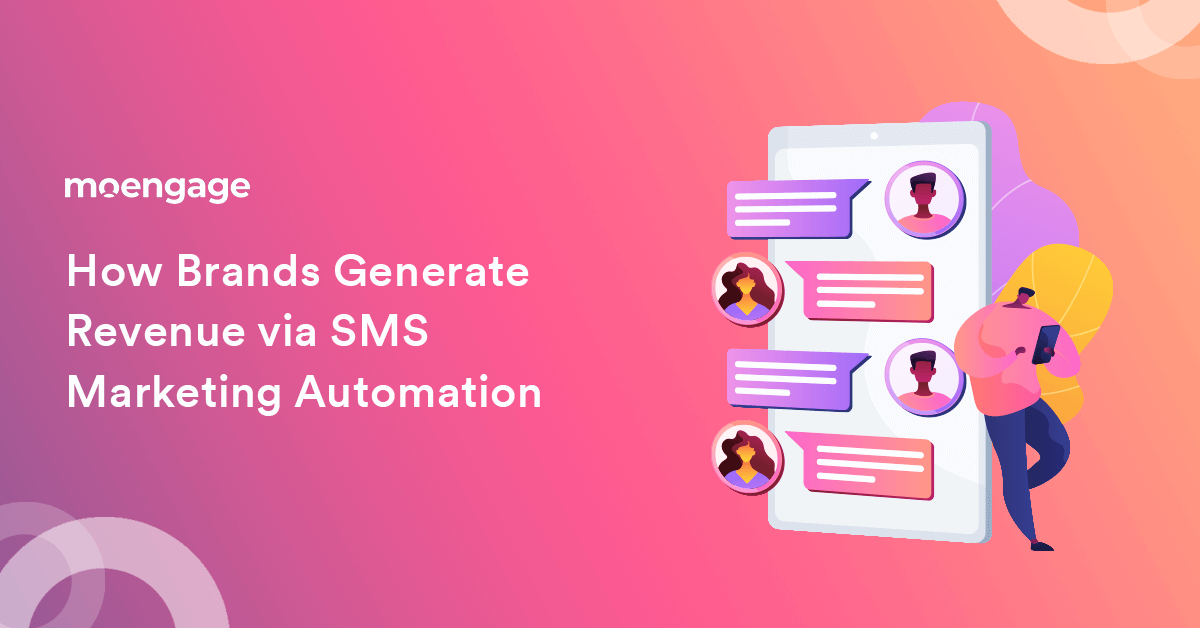
Did you know?
- An average mobile user checks their mobile device 160 times during the day.
- 46% of consumers check their mobile phones before stepping out of bed each morning.
- The SMS open rates are as high as 98%, while they’re about 20% for emails.
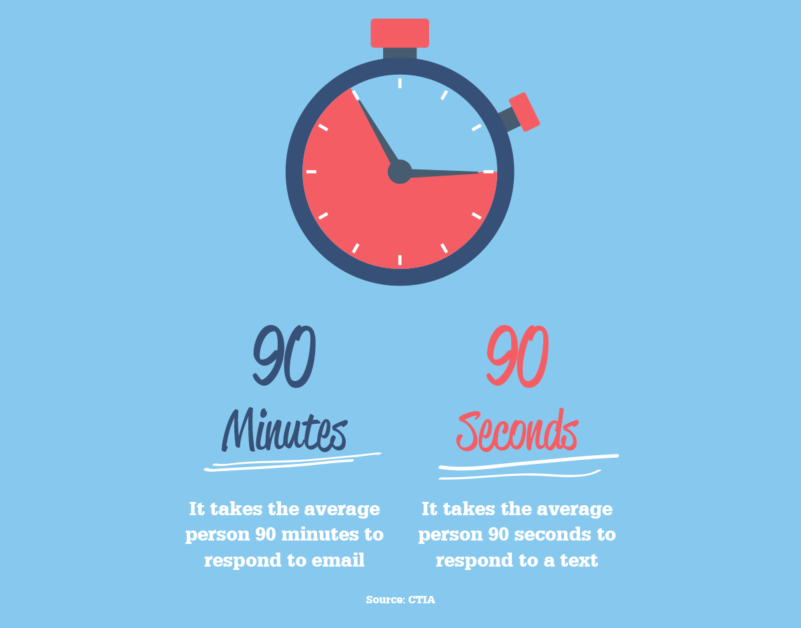
|
SMS marketing could be the silver bullet for marketers in the age of smartphones, especially considering that 90% of SMS messages are read within three minutes. SMS can continue to play a critical part in your customer engagement strategy if used properly.
Automating SMS marketing can enable you to send the right messages at opportune moments to your customers. This will allow you to build a seamless, omnichannel customer experience by continued engagement at different touchpoints and nudging them ever closer to the next stage in the funnel.
This article will look at what SMS marketing automation entails and how brands can grow their business with its help.
How Do Brands Generate Revenue using SMS Marketing Automation?
Integrating SMS marketing within your marketing mix can improve customer retention, revive inactive leads, and enhance your ROI. Here are five ways to use SMS marketing for your brand:
1. Providing Welcome Offers and Exclusive Deals
Audiences today have many options to choose from. How do marketers set themselves apart from the competition?
You can offer exclusive and unique coupons to encourage non-subscribers to claim your deal, and complete a purchase. Take this piece of SMS marketing done right by Redbox, for instance.
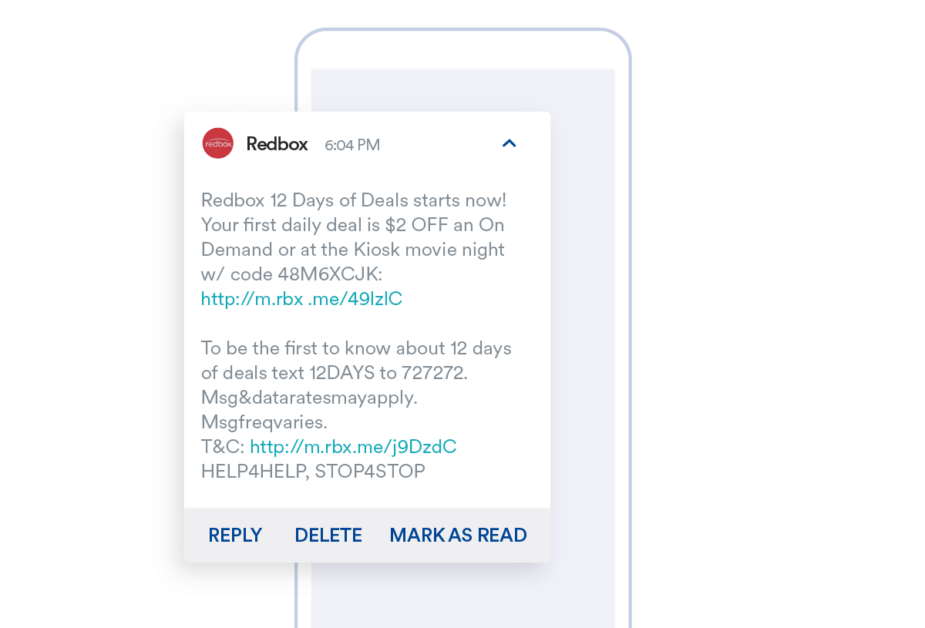
|
In the image above, you’ll notice how Redbox gives each customer a one-click option to cash in on the free voucher. Moreover, the subscriber gets added incentives for taking this step since it signs them up for 12 days’ worth of discount coupons and exclusive deals.
Providing welcome offers to newcomers can also encourage customers to add more items to their cart, which results in an increased order value. The average increment in the order value (AOV) gives rise to a cascading effect. It boosts your ability to spend more on ads, make better profits on each sale, and subsequently increase the customer’s lifetime value (LTV).
2. Utilizing SMS drip messaging
Drip messaging comprises automated texts sent out based on specific factors. What’s great about them is that one can create personalized triggers for each segment of users and chain numerous drips together to build a sequence of automated SMS(s) to be sent to subscribers after a specific period since their initial engagement.
For instance, if you’d wish to follow up with someone four days later since they joined your SMS subscriber list, you can easily do that with a drip sequence. You can also send a series of SMS(s) after consumers join your list to minimize lead drop-off and keep your brand on the back of their minds. You can also use it to:
- Follow up with leads and upsell/cross-sell to them
- Gather feedback and solicit reviews
- Convert prospects and onboard new customers
With SMS drip messaging, you can also send customers time-sensitive offers, cart abandonment messages, and seasonal updates. This enables you to give customers a timely nudge, so they return and repeat their orders, enhancing your order value in the process.
3. Alleviating cart abandonment
If you run an E-commerce store, you might be worried about abandoned carts and the revenue you lose out on because of it. With 70% of carts abandoned for several reasons, it is easy to understand why it is the bane of any E-commerce seller.
Most E-commerce and retail brands rely on a cart abandonment email to turn this sentiment around and prompt customers to checkout. However, this can be better if you choose to go with an SMS.
SMS is well-suited for immediacy compared to email, with its average response time being 90 seconds instead of 90 minutes for email. As such, sending an SMS to capture your customers’ attention can work wonders for you.
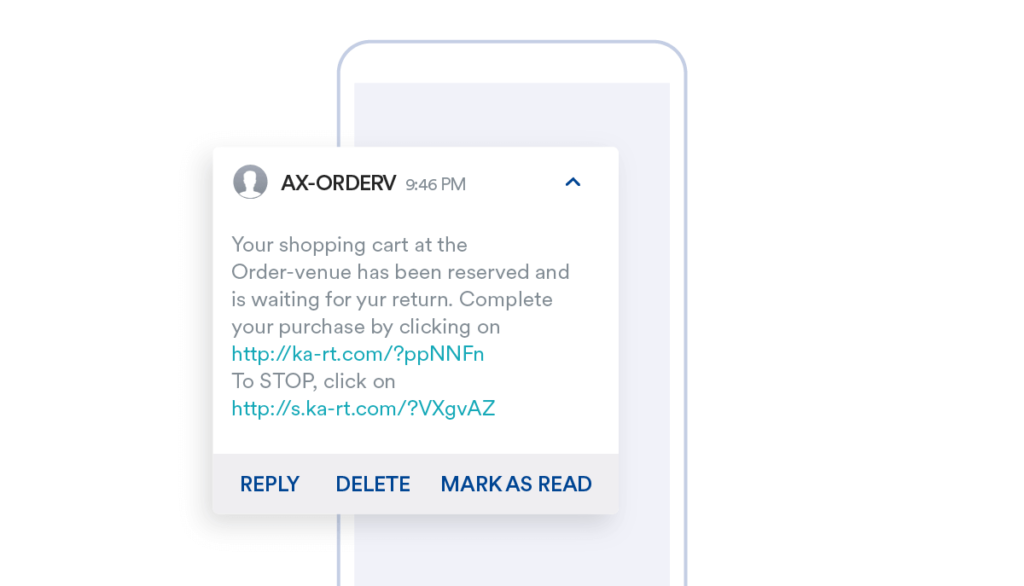
|
If you want to call out customers to persuade them to check out their carts, you can send an SMS with the photos of the abandoned cart products. Your automated SMS(s) will start going out to those customers who left your checkout flow with links to bring them back.
4. Promoting flash sales to drive urgency
Scheduling text messages to promote flash sales is one of the most ingenious ways to take advantage of SMS automation.
This is an excellent capitalization incentive for brands, especially considering how 54% of consumers want marketing SMS(s), but only 11% of brands send them. For that reason, SMS marketing affords a huge opportunity to marketers wishing to leverage trends that savvy shoppers are into and improve customer loyalty.
|
|
Take, for example, this SMS by Mango. It offers customers a deal on select products until a specific date. This drives urgency in the customers’ minds and prompts them to take the desired action, whether to return or repeat their order.
5. Triggering activation through retargeting campaigns
Where SMS can shine is in retargeting campaigns to reach prospects with things such as:
- reminders to purchase abandoned goods
- follow-ups for purchases
- review requests
For SMS retargeting to work, you need the express consent of your subscribers, meaning you can only retarget those consumers that have already shopped with you before. Once you know which subscribers to retarget, you can take a few measures to prompt them to come back and shop with you.
|
|
A great way to engage subscribers through SMS is to use any ongoing event, public or personal (like the example above), as a conversational anchor. It sets up common ground and makes your SMS(s) seem more relevant to the customer. Another thing you can do is to phrase your SMS as a question. When subscribers are given a prompt to reply to, they find it far more inviting to reengage with you.
Conclusion
SMS marketing is soon going to be ubiquitous, given the popularity surge of smartphones. When done correctly, it can lend immense value to your E-commerce strategy.
Before you begin to develop your SMS marketing strategy, ensure that:
- You have the necessary permissions from your customers.
- Use an SMS marketing automation tool to keep your messages uniform and automate your campaign.
- Personalize the campaign to build meaningful relationships with customers.
- Utilize one SMS for each workflow for events and time-sensitive offers.
- Offer customers the option of choosing the channel to get shopping updates on and opting out of the subscriber list.
Here’s What You Can Read Next |






